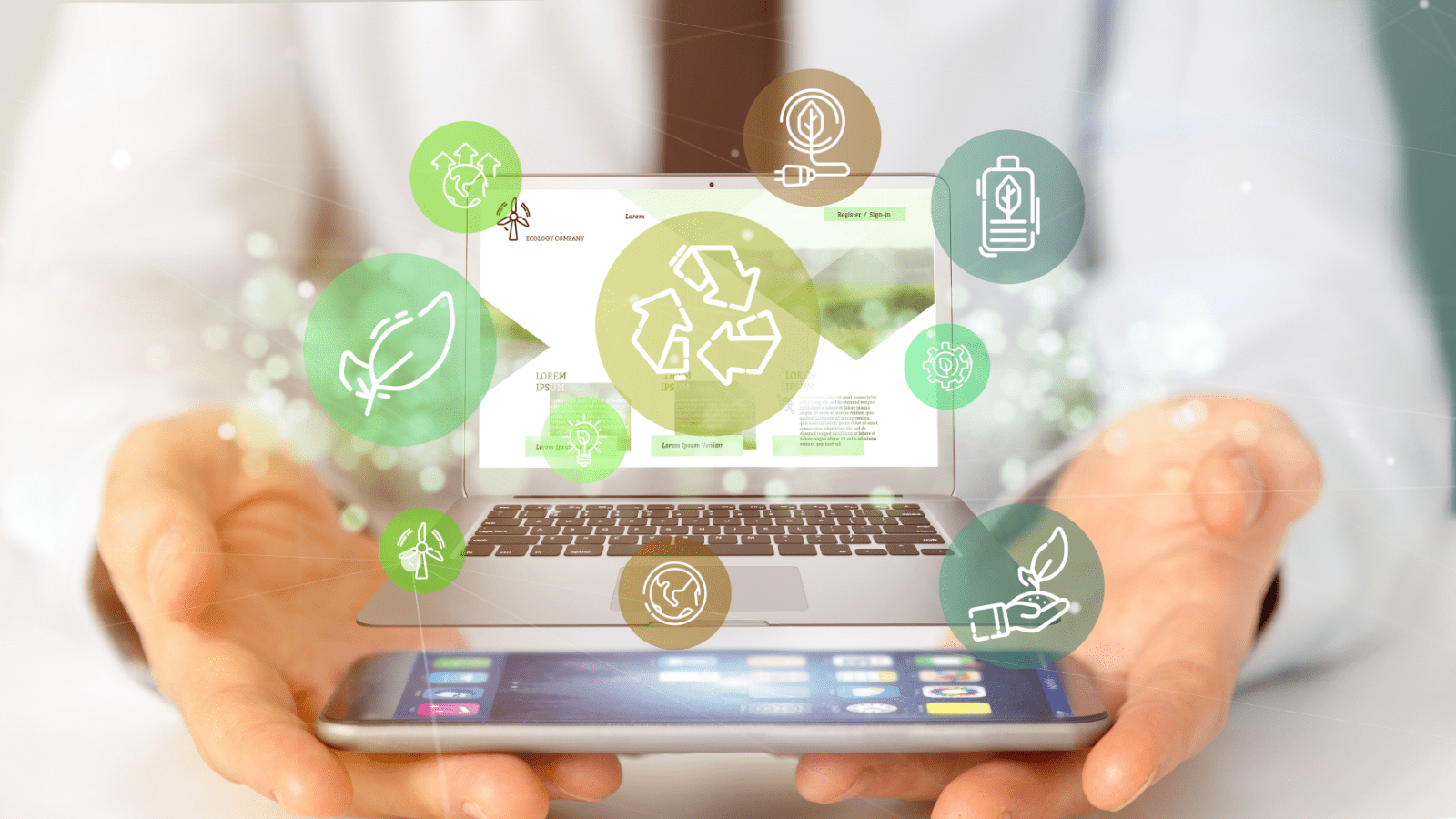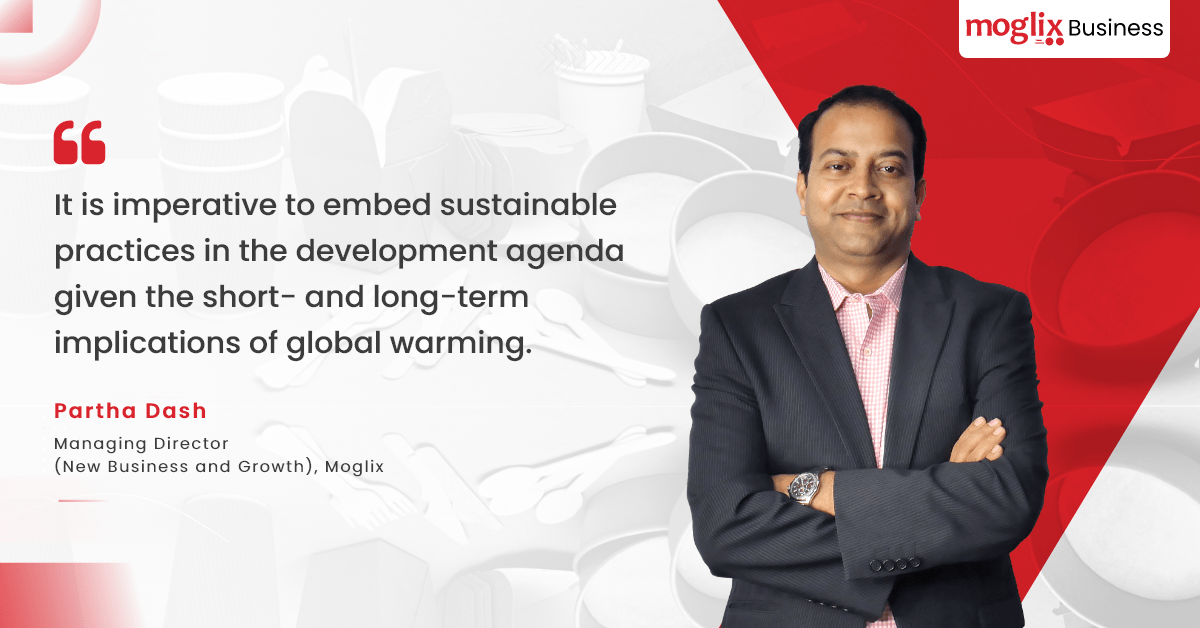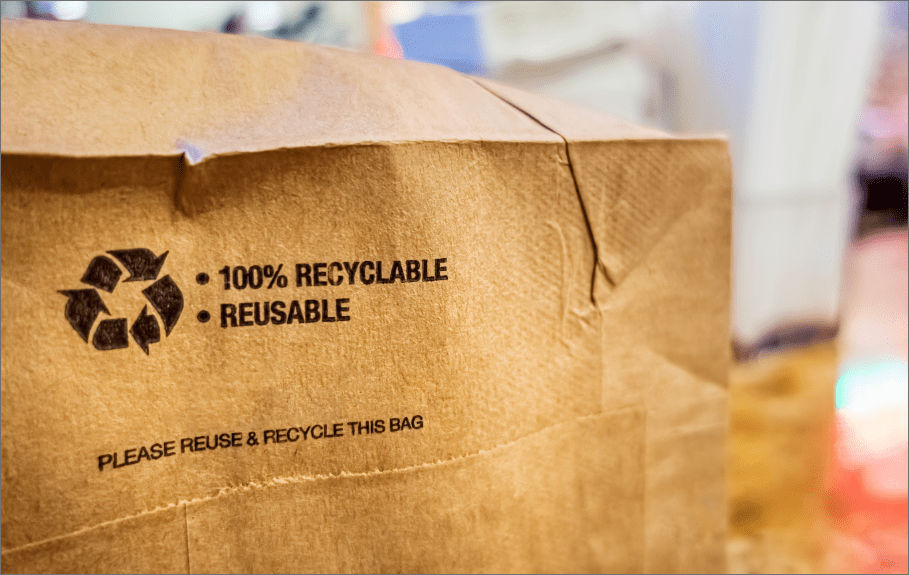A closer look at corrugated box packaging: And why it is the future of a circular economy

A closer look at corrugated box packaging: And why it is the future of a circular economy
Why corrugated boxes fit perfectly into the narrative of a circular economy
The American Forest & Paper Association had some encouraging news to report last year; a colossal 91.4% of old corrugated containers (OCCs) were recycled in the U.S. in 2021. Also, corrugated packaging ranks among the most recyclable options elsewhere in the world. This makes it a natural choice to pursue a circular economy, where resources are used, reused, and recycled in a closed loop — thus preserving natural resources and minimizing waste and pollution.
But even beyond their recyclability alone, corrugated boxes are the ultimate expression of a circular economy because they are sustainable across the product life cycle, from manufacture to recycling. Here’s how.


Manufacture and production
Life cycle assessment reports reveal that corrugated box manufacturers in the U.S. have been increasingly switching to renewable energy sources and simultaneously reducing greenhouse gas emissions. Elsewhere in the world, too, corrugated box production is highly sustainable, and with good manufacturing practices we can get good strength with higher percentage of recycled content.
Even in the regions that rely on fossil fuels for box manufacture, it can be relatively easy to make the transition to green energy sources that are also highly sustainable. This makes corrugated packaging a distinct example of circularity at the production stage.
Supply chain sustainability
Throughout its product life cycle, corrugated packaging is an integral part of the supply chain in various industries across the globe. From food and beverages, e-commerce, and office supplies to more sensitive products like electronics and healthcare equipment, corrugated boxes are perfectly suited to house many goods.
Sustainability is one of the key reasons driving the popularity of this packaging material. This, coupled with other valuable characteristics like rigidity, customizability, and scalability, only strengthens the case for circularity in corrugated packaging.


Reuse and recycling
Among the most recycled materials on the planet, corrugated boxes remain sustainable even toward the end of their usable life cycle. However, this is an area that requires a fair bit of streamlining, mainly when the boxes are used in last-mile delivery.
Since many end users are unaware of the high recyclability quotient of corrugated boxes, the cartons are often misdirected to landfills and other wastelands, pulling down the overall percentage of packages that can be put back into circulation. Awareness programs and conscientiousness among end users can reverse this situation and further improve the impressive role of corrugated boxes in a circular economy.
Want to give your business an advantage in the race to circularity?
Making the switch to corrugated box packaging or other recyclable packaging wherever possible could be a great place to begin. Moglix can be your ally in this challenging yet crucial transformation to sustainable solutions. Our end-to-end packaging procurement solutions can make the journey to circularity easier and quicker for you. Visit our website to learn more.

Engineering a circular future with sustainable packaging

Engineering a circular future with sustainable packaging
India generates 3.5 million tonnes of plastic waste each year, as per data available from the Ministry of Environment, Forest, and Climate Change1. Moreover, India’s per capita generation of plastic waste has nearly doubled in the last five years. Besides adversely affecting the ecosystems, plastic pollution is linked to air pollution.
Against this backdrop, sustainable packaging could play a major role in curbing India’s carbon footprint as plastics comprise one-third of the carbon emissions in core manufacturing segments such as mining, metals and construction materials. The next highest contributors in this regard are energy, agriculture and related activities, logistics and HVAC, followed by other verticals.
Issues and Implications of Sustainable Practices
To mitigate the ravages of global warming, corporates across countries and continents are shifting to sustainable business practices that support a circular economy and advance efforts to curb climate change.
Sustainable Packaging Trends for FY 2022-23

Sustainable Packaging Trends for FY 2022-23
The surge in deliveries, wastage of packaging, and a growing consciousness of the digitally savvy customer will force brands to consider sustainable packaging options carefully. Most studies indicate that consumers also evaluate brand packaging on their green footprint and low-touch point processes (the lesser, the better).
Here are the most important reasons why brands should strongly consider transforming their packaging usage:
- Be the ‘right’ brand – Customers prefer brands with more sustainable packaging than their competitors.
- Talent retention – By doing the ‘right thing,’ brands build the perception of being a responsible producer, which affects employees’ morale and loyalty.
- Reduction of carbon footprint and costs – extends to the financial and social responsibility aspect advantages, which are measurable.
- Investment opportunities – the world is veering towards investing responsibly, and larger AUMs focus on brands adhering to ESG norms.
- Key trends that are emerging in the sustainable packaging world and will shape the packaging industry. Sustainability has become the most important driver for intelligent packaging growth.
Brands are continuously working in improving their packaging to make it more eco friendly throughout the supply chain. Brands are switching to renewable energy and are practicing recycling.The real question is how do one keep their packaging both sustainable and distinctive?
Examples of Sustainable Packaging Alternatives
Here are some examples of alternative materials that could play a significant role in the packaging industry in the next few years:
- Bio-based Plastics – Bio-based plastics typically use food crops such as corn and sugarcane, both available in surplus in the country.
- Polylactic acid (PLA) – Transparent solid polymer that is similar to PETE polymer but has a significantly lower maximum continuous use temperature
- Poly hydroxyalkanoate (PHA) – is a much more eco-friendly polymer that can handle high temperatures and decompose in soil and waterways. Both alternatives are made from fermented corn sugar, and they can decompose up to 90% within 90 days if disposed properly.
- Paper-based packaging – Corrugated box and other forms of paper-based packaging are biodegradable if it does end up in landfill, can be easily recycled by end-users, and the raw material is carefully managed (basically planting more trees)
- Edible packaging – Natural polymers in food packaging, like Algae, seaweeds, polysaccharides, proteins, lipids, or composites.
As one of the world’s largest packaging supply chain platforms, our endeavor to digitize end-to-end procurement is what manufacturers need to capitalize on the massive influx of demand for better packaging solutions soon.Moglix is helping 700+ customers and 18000+ suppliers manage demand and supply worldwide
The company brings complete packaging supply chain solutions all in one place

The company brings complete packaging supply chain solutions all in one place
Rahul Garg founded Moglix in 2015 to bring the ease, speed and convenience of E-commerce to the B2B world. This manufacturing sector company is a B2B E-Commerce startup providing services for procurement of industrial products such as MRO items and Packaging.
As a contract aggregator and supplier of packaging materials since 2019, the company has worked for brands such as Zomato, Swiggy, Lenskart.com, IRCTC, Comesum, Rebel Foods, and several others. In packaging supply chain procurement, its efficiency comes from its expertise in leveraging volume purchasing with the use of digitalization, vendor consolidation, product and pricing uniformity, benchmarking, and new product development.
The company offers primary, secondary and tertiary packaging made of all materials – paper, plastics and films, metal or glass. Packaging types and formats include food trays, pet bottles and jars, laminates, sachets, pouches, kraft sealable bags, lamitubes and many more.
Moglix’s onsite delivery of sustainable SKUs such as paper bags, compostable bags, molded trays, bagasse trays, cotton carry bags, and bespoke biodegradable packaging are provided to more than 25,000 pin codes. The company inventory management stretches across its 35 warehouses across the country. Food and beverages, E-commerce, ePharma, and logistics are the company’s main customers and its packaging materials fulfill more than 70% of the E-commerce industry’s packaging demands.
The company’s USP is in its ability to provide complete packaging and supply chain solutions in one place. The customer does not need to go to another platform to find the component. Customers are provided with access to a buyer’s portal where they can track their current order along with re-ordering.
The company’s business is scalable as Shobhit Goel, Senior vice-president of Packaging and CapEx at Moglix adds, “We operate as an entire ecosystem of packaging supplies right from raw material to the finished product. We have recently kicked off operations in the UAE and are planning to tap the global market.”
The Complete Package – How Grocers Will Keep Pace with Online Consumer Shift

The Complete Package – How Grocers Will Keep Pace with Online Consumer Shift
The Indian online grocery delivery sector competition has ramped up massively over the last three months. Since e-commerce grocery retailers have upped their commitments to customers on the delivery time, a tidal wave change is underway in the online grocery shopping experience. It can put a lot of demand on the speed and sustainability of product packaging. Post pandemic, there has been a sizable shift in the audience ordering grocery online, with some reports indicating a change in more than 25% from offline to online. The number is only set to grow further.
The Indian online grocery market will grow at a CAGR of 36% to reach approximately $38 billion by 2028. While safety and food quality should always take precedence, secondary packaging options can address most of the delivery needs of grocers. In response, packaging may demand a sizable upfront investment to Grocers, but over time, it will encourage customers to make repeat purchases and gradually shape consumer loyalty.
Here is what will drive the packaging ecosystem for Grocers, aggregators, and consumers:
Aggregators role for grocers: As more consumers shift to online grocery shopping, grocers will have to cater to bulk packaging supplies across categories. Packaging aggregators will play a crucial role by providing a convenient one-stop-shop solution for all types of packaging required by grocers. Furthermore, the balanced offering of quality packaging products/materials at an optimized cost with exceptional customer service will become essential.
At Moglix, we have strong pillars to deliver on our customers’ commitment to ensuring millions of Indians have access to fresh goods when desired. Firstly, a dedicated NPD team works closely with customers to simplify packaging demands and bring down complexity across various food categories. This helps save development time and material costs and enables a more sustainable footprint for each ecosystem link.
Aggregators need to also position themselves as the source of innovation and capitalize on new trends in packaging. A few examples of these trends are:
- Replacing bubble wrap with packing peanuts made out of corn or honeycomb structure
- Use of high strength to weight ratio fabric with minimum weight to insulate material in saddlebags
- Engineered corrugated cases as per the supply chain requirement
Trends and Advancements in Grocery Packaging: What’s New?
Extending the Shelf-Life of Edibles
Trends and advancements regarding perishable food items are also critical – e.g., There is a rising acceptance that the salt used for preserving meat items needs to be avoided for health issues and replaced with natural ingredients. Instead, lactate solutions have a bacteriostatic effect on meat and extend shelf life by 50-100%.
Sustainability and Compliance
Grocers have been using food-grade polymers, but there is a widespread shift towards sustainability with time. Materials have to be compliant with government regulatory norms, like the minimum microns rating will be increased from 50 to 125 from July 2022.
Material Use
From a material point of view, grocers need to familiarize themselves with PCR grade packaging material (PCR PET & PCR PE) for poly bags compostable polymer grades like PLA and starch-based films.
Last-Mile Delivery and Distribution
As the penetration of delivery services increases, grocers can take advantage of integrated aggregators like Moglix, which offers an unprecedented distribution footprint (35k pin codes), a unified supplier base that brings tremendous savings due to economies of scale.
Technology Integration in the Supply Chain
Technology or platform-oriented aggregators offer higher visibility and control on inventory, reduce wastage through Just In Time delivery, and improve customer service benchmarks. This allows grocers to integrate technology suppliers, category expertise, logistics, and warehousing in a single supply chain ecosystem.
With their packaging needs well taken care of, grocers can focus on reducing inventory wastage and engage with their customers for a more significant business impact.



